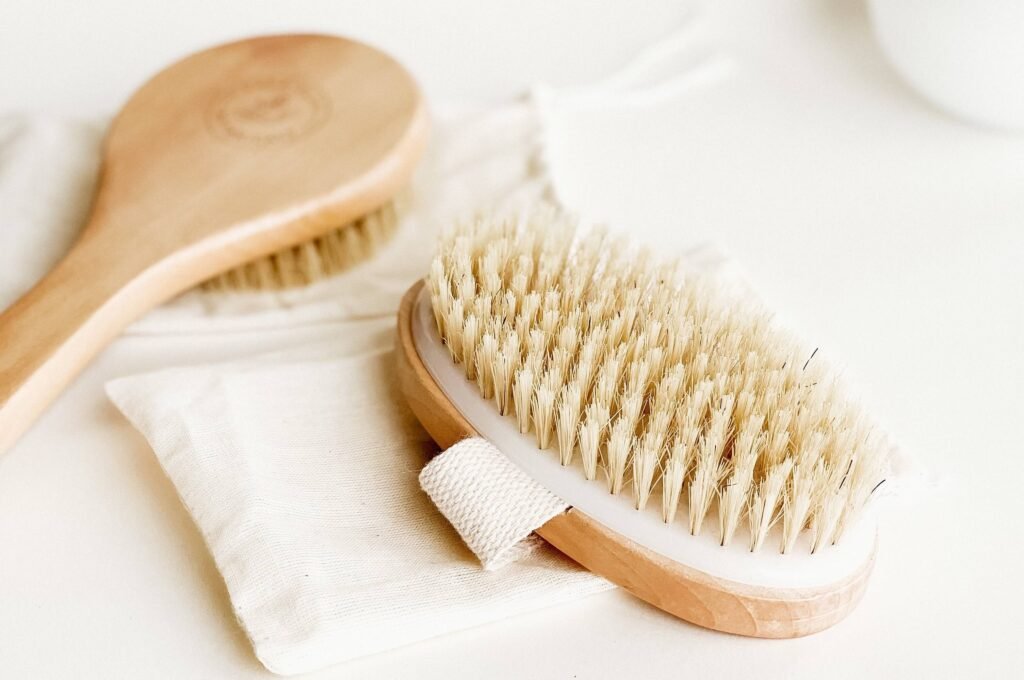Having Come So Far

Summary: Reflecting on her journey, the author embraces a moment of peace and gratitude for her progress. From struggling with mental health and physical ailments to finding healing through therapy and personal growth, she celebrates being free from depression, anxiety, and other conditions. She now lives optimistically, cherishing life’s blessings and feeling at peace with herself.
I’m taking a moment just now to be reflective, be still and at peace. I am pausing to take notice of where I am now. To notice just how far I’ve come. I think it becomes really easy on a healing journey to spend so much time looking at the end goal – that panacea of health, whatever that may be for you or me – that we forget to be thankful for everything that has already happened and that we have already achieved. I guess this post is one of gratitude for all the ways that I have served my own higher good and my own blossoming health.
Looking Back To Where I Was
I am thinking back to the teenager I was. I was angry. I got dressed in black everyday. I didn’t want to mix with the majority of people in the world. I didn’t care about my diabetes. I didn’t care about my health. From here, things only got worse. By my twenties, my mental health had descended into a very deep, dark pit. I was so depressed that I couldn’t get out of bed for weeks at a time. I was so anxious that just walking down to the corner of my street, about 50 metres, was too much for me. I was trapped both in my mind and in my house.
Gratitude For The Now


GET HEALINGT1D’S FUTURE ARTICLES IN YOUR INBOX!
Get the latest musings and findings straight to your email inbox.

Natalie is a blogger with Type 1 Diabetes. Natalie’s special gifts are questioning the status quo and being a rebel. She is using these gifts to question medical ‘knowledge’ and find a true cure for Type 1 Diabetes.



















Recent Comments: